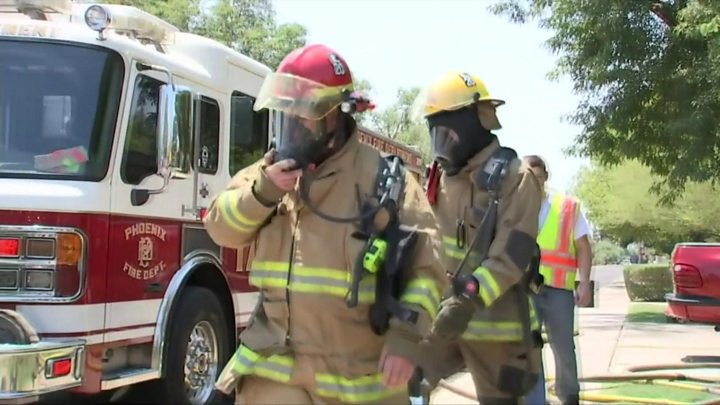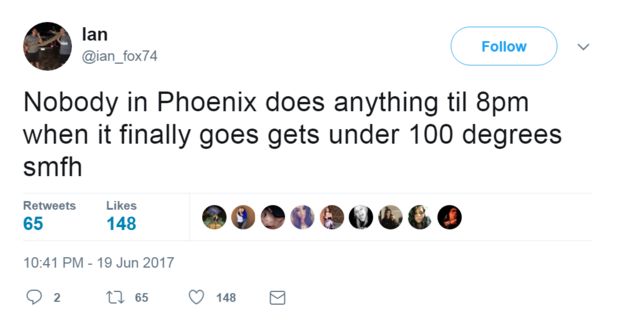Washington (CNN)Republican Rep. Steve King is standing by comments he made last week in which he said President Barack Obama is partly to blame for the divided political climate that he argues led to the shooting of House Majority Whip Steve Scalise and others on a baseball field in Alexandria, Virginia.
"Erin, the answer is no," the Iowa lawmaker said when asked by CNN's Erin Burnett on Wednesday if he regrets blaming the former President in an interview with Simon Conway on WHO Iowa radio June 14.
"I do want to put some of this at the feet of Barack Obama," King said in the radio interview. "He contributed mightily to dividing us. He focused on our differences rather than our things that unify us. And this is some of the fruits of that labor."
King gave context to the statement on "OutFront," saying he made some of the remarks that were published in articles "on site, on location, near the ballfield shortly after I learned of the shooting."
"But I am not going to excuse any of that away," he said. "In fact, those statements were supported by the facts that later poured out."
The congressman told Burnett that he has made that comment about Obama before, not just in the aftermath of the shooting, which occurred during a Republican early-morning practice ahead of a charity baseball game. Scalise, a congressional staffer, a lobbyist and a Capitol Police officer were shot.
King said he has called out Obama for "nearly eight years" in a handful of other instances, including after Obama commented on Arizona's immigration law.
"What about Mexicans being rapists?" Burnett asked, referring to comments President Donald Trump has made. "Would that contribute to being divisive also?"
"He clarified that statement," King said. "And I don't know that was a very healthy thing to say either, but we had a president elected in a perfect position to heal the divisions in this country, and Barack Obama failed in that regard. And 73% of America thinks we're further divided than we were before he became president. And I think we need to go the other direction. We have to speak about these things accurately. What I said on that ball field about that politically motivated shooting is exactly on target, and most of the public agrees with me on it."
But King did have a change of tune when it came to the Russia investigation. In February, King told CNN's Alisyn Camerota on "New Day" that Russian interference in the 2016 election is a "CNN narrative."
"I think it's a CNN narrative that the allegations that the Russians were trying to influence the US election between Donald Trump and Hillary Clinton," he said.
On Wednesday, he told Burnett that he believes Russia probably did interfere; however, he said he would like to "see evidence in front of us before I can accept the idea."
"The American people should know what is this evidence? How did the Russians try to hack into the DNC?" he said. "We also heard (former Homeland Security Secretary) Jeh Johnson say it didn't affect the election. I'm happy ... to look into this. I believe there is more than a kernel of truth in it. It probably happened."











